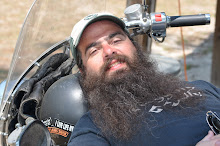There seems to be a bit of confusion about homework.
1) Students are required to do homework in their notebooks on the left side (even numbered pages). They should answer the Essential Question and do an activity that shows they have understood the material. If a student is having trouble answering the essential question, they should be able to review their notes and find the answer or be able to figure it out. For more information on what should be on the left side of the notebook, students should have a blue handout on page 3 of the notebook that has a list of activities that can be done.
2) When we do labs in class, students are required to complete the data analysis and the conclusion at home if they do not complete them during the lab in class.
3) Students need to be reviewing material nightly, on their own! I will drill and repeat some information, but do not have enough time in class to do this constantly, nor will their teachers next year. Students need to be continuously reviewing material on their own! I am grading quizzes the students took on Thursday. It is clear that students are not doing this.
Wednesday--Today we completed our lab, discussed how to write a conclusion, and reviewed for Thursday's quiz.
Thursday--Took notes on p. 17 about Measurement in Science. We created a table showing What each measurement measures, what units are most common for this measurement, and tools used to measure or how it is calculated. Took quiz at the end of the period.
Friday--finished notes on Measurement on p. 17.
Students should now be able to answer essential question and complete activity of their choosing on p. 18. We also went over Lab Safety Contract. Students need to have parent signatures and return the contract on Monday in order to be able to participate in the lab. We ended the day playing Jeopardy to review Measurement, Scientific Inquiry, Lab Safety, and Volume.
Coming up: Monday--Lab to further emphasize variables, data analysis, and conclusions.
